In just a few short years, Generative AI has transformed from a niche academic concept to a revolutionary force reshaping how we create, consume, and interact with content. In a digital world hungry for fresh content, Generative AI is quickly becoming the new creative partner. From blog posts and marketing copy to artwork, music, and even videos, AI is helping creators and businesses produce high-quality content faster, cheaper, and often better than ever before. From writing blog posts and generating images to composing music and developing marketing campaigns, generative AI is not just changing the tools we use — it’s redefining creativity itself.
But what exactly is generative AI, and how is it impacting content creation across industries? Let’s explore how this technology works, its benefits, its risks, and what it means for the future of creativity.
LEARN MORE : https://digitalmohit.co.in/
What Is Generative AI?
Generative AI refers to artificial intelligence models that can create new content — text, images, audio, video, and even code — based on patterns learned from existing data. Unlike traditional AI, which analyzes or classifies information, generative AI produces entirely new content.
Some popular examples of generative AI tools include:
- ChatGPT (OpenAI) – for generating human-like text
- DALL·E, Midjourney, Stable Diffusion – for image creation
- Sora (OpenAI) – for text-to-video generation
- Runway, Descript – for video and audio editing
- GitHub Copilot – for writing and completing code
These tools use advanced machine learning architectures, especially transformers and diffusion models, trained on massive datasets — such as books, images, code repositories, and videos.
How Generative AI Is Transforming Content Creation
1. Faster Content Production
Writers, marketers, and designers are now using generative AI to rapidly create high-quality drafts, reduce repetitive tasks, and generate ideas. For example:
- Bloggers can produce article outlines or even full drafts in minutes.
- Social media managers can generate captions, hashtags, and post variations instantly.
- Video editors use AI tools to automatically cut scenes, transcribe speech, and enhance visuals.
2. Personalization at Scale
Generative AI enables hyper-personalized content, something nearly impossible at scale with human effort alone. Brands can now:
- Generate personalized email content for thousands of customers
- Create dynamic landing pages based on individual user behavior
- Adapt tone and messaging for specific audiences
3. Expanding Access to Creativity
These tools are breaking down barriers to creativity. Non-designers can now create logos, intro videos, and digital art. Non-writers can craft compelling content. The result? A democratization of content creation, where ideas matter more than technical skill.
4. Augmenting Human Creativity
Rather than replacing humans, many creatives are using AI as a collaborative tool — a digital brainstorming partner. Musicians use AI to experiment with new sounds. Writers overcome creative blocks with AI-generated prompts. Designers explore hundreds of visual styles instantly.
Real-World Applications
Media & Journalism
News outlets are using AI to summarize stories, localize news content, and even write earnings reports. Tools like Wordsmith and Jasper help streamline editorial workflows.
Marketing & Advertising
Marketers use generative AI to develop ad copy, generate SEO-optimized blog posts, and A/B test variations of headlines. AI-powered chatbots now deliver personalized customer experiences 24/7.
Art & Design
AI-generated artwork is appearing in galleries, NFT marketplaces, and commercial designs. Designers now blend human intuition with machine speed to explore visual ideas rapidly.
Film & Entertainment
AI-generated scripts, storyboards, and even movie trailers are emerging. Open AI’s Sora and Runway ML are pushing the boundaries of what’s possible in video generation.
The Challenges and Concerns
Despite its potential, generative AI brings important ethical, legal, and creative challenges:
1. Plagiarism and Originality
AI models are trained on existing works, raising questions around intellectual property. Is AI-generated art truly “original”? Who owns the copyright?
2. Misinformation and Deepfakes
With tools that can generate realistic text, audio, and visuals, the risk of fake news, impersonation, and misinformation increases dramatically.
3. Job Displacement
While AI augments many jobs, it also threatens roles in writing, editing, graphic design, and marketing, especially for routine content.
4. Bias and Representation
AI models may unintentionally reflect or amplify the biases in the data they were trained on, leading to skewed or inappropriate outputs.
The Future of Generative AI in Content Creation
Looking ahead, the future is likely to be defined by human-AI collaboration, not competition. Key trends to watch include:
Creativity Redefined: As tools become more powerful, the value of human creativity may shift from execution to curation, concepting, and emotional resonance.
Final Thoughts
Generative AI is not just another tech trend — it’s a creative revolution. It challenges our assumptions about authorship, originality, and even what it means to be “creative.” But rather than fear it, the most forward-thinking creators and businesses are embracing it as a partner.
Whether you’re a marketer, a musician, a writer, or just someone with an idea — generative AI is a powerful new brush in your creative toolkit. The key is to use it intentionally, ethically, and with an open mind.
Multimodal AI: Tools that can generate content across formats (text, image, audio, video) based on a single prompt
More Transparent Models: Companies will need to disclose training data, model behavior, and limitations to increase trust.
Legal Frameworks: Governments and platforms will introduce clearer guidelines around AI-generated content ownership and attribution.

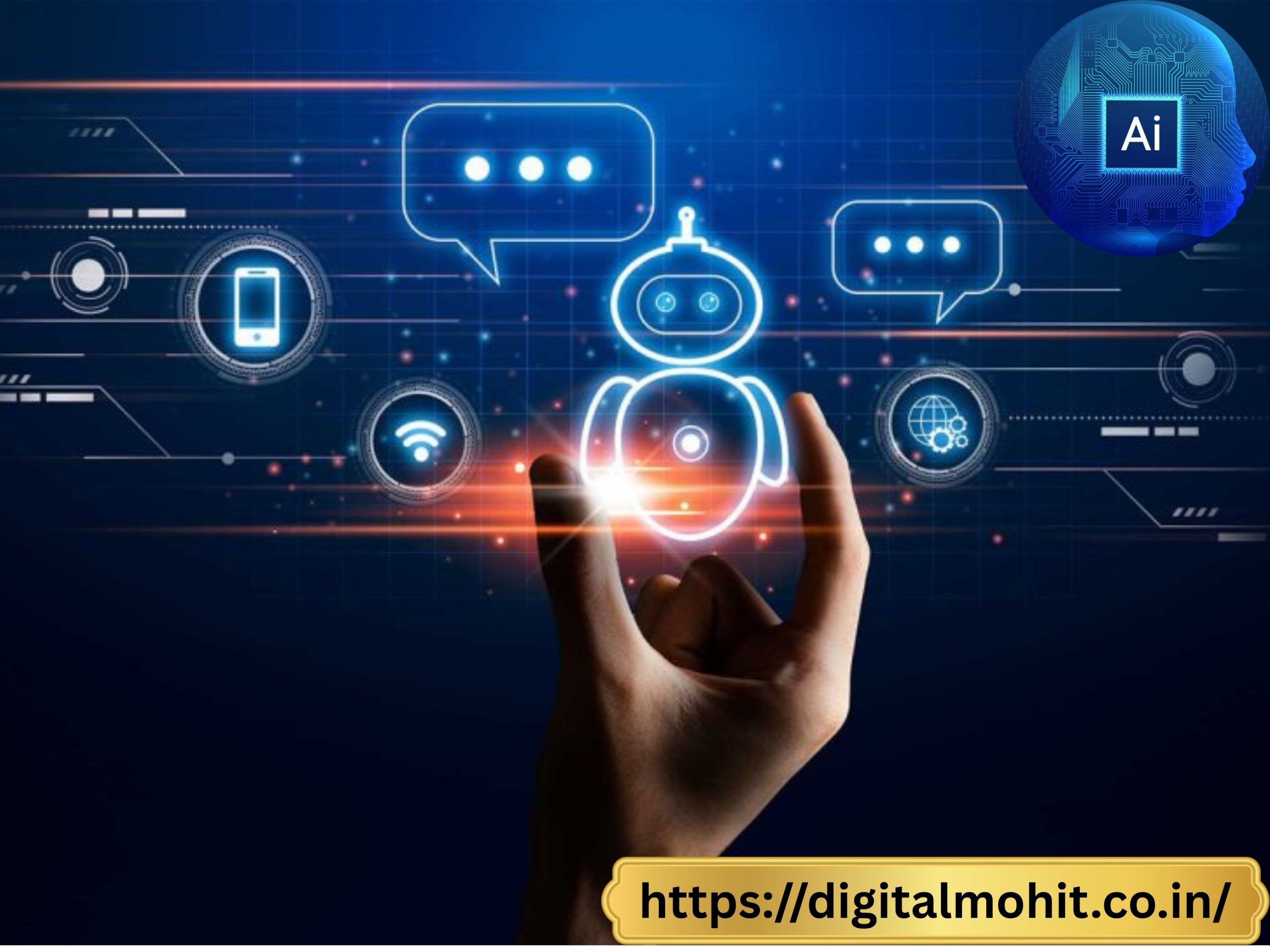

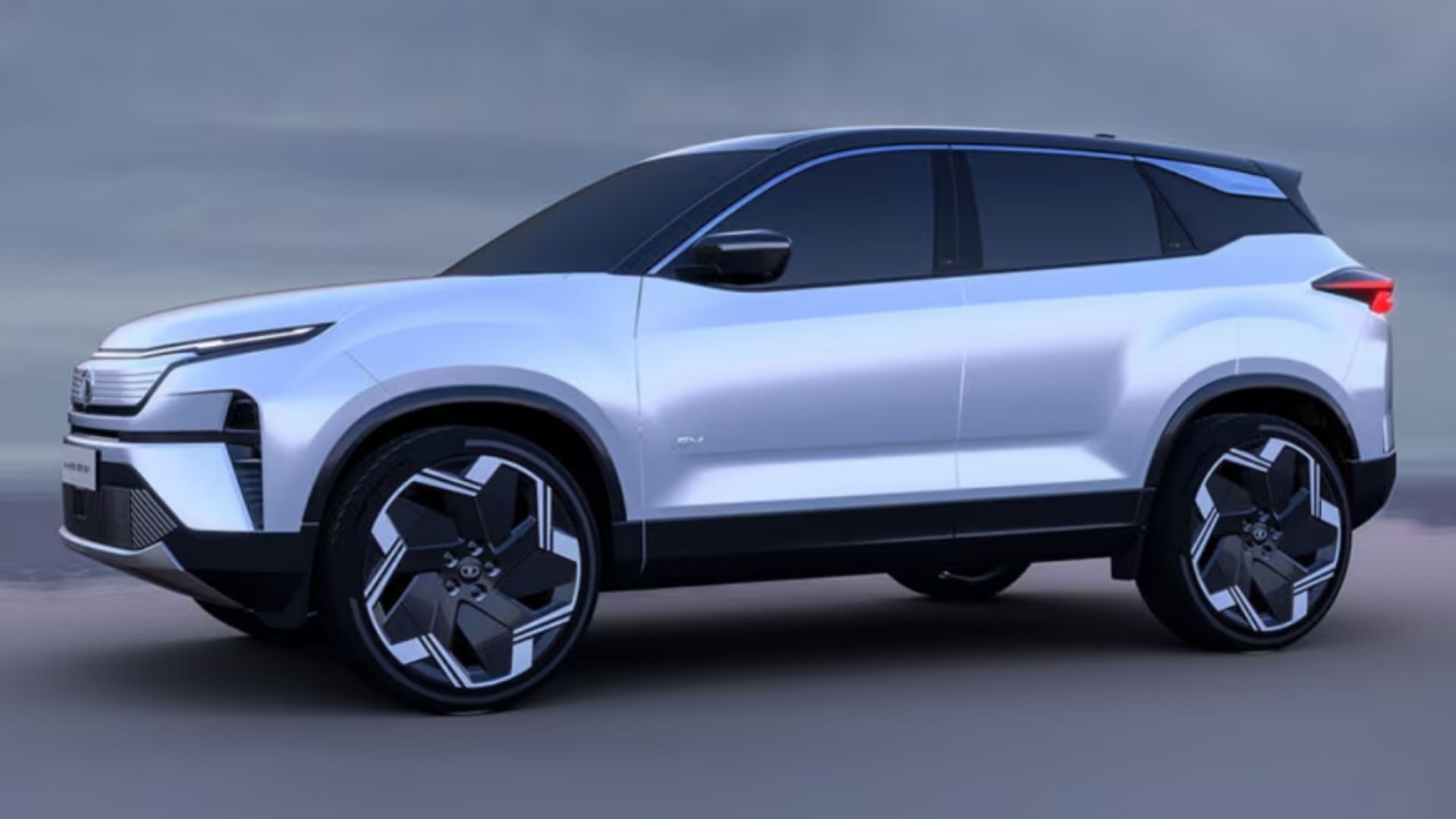


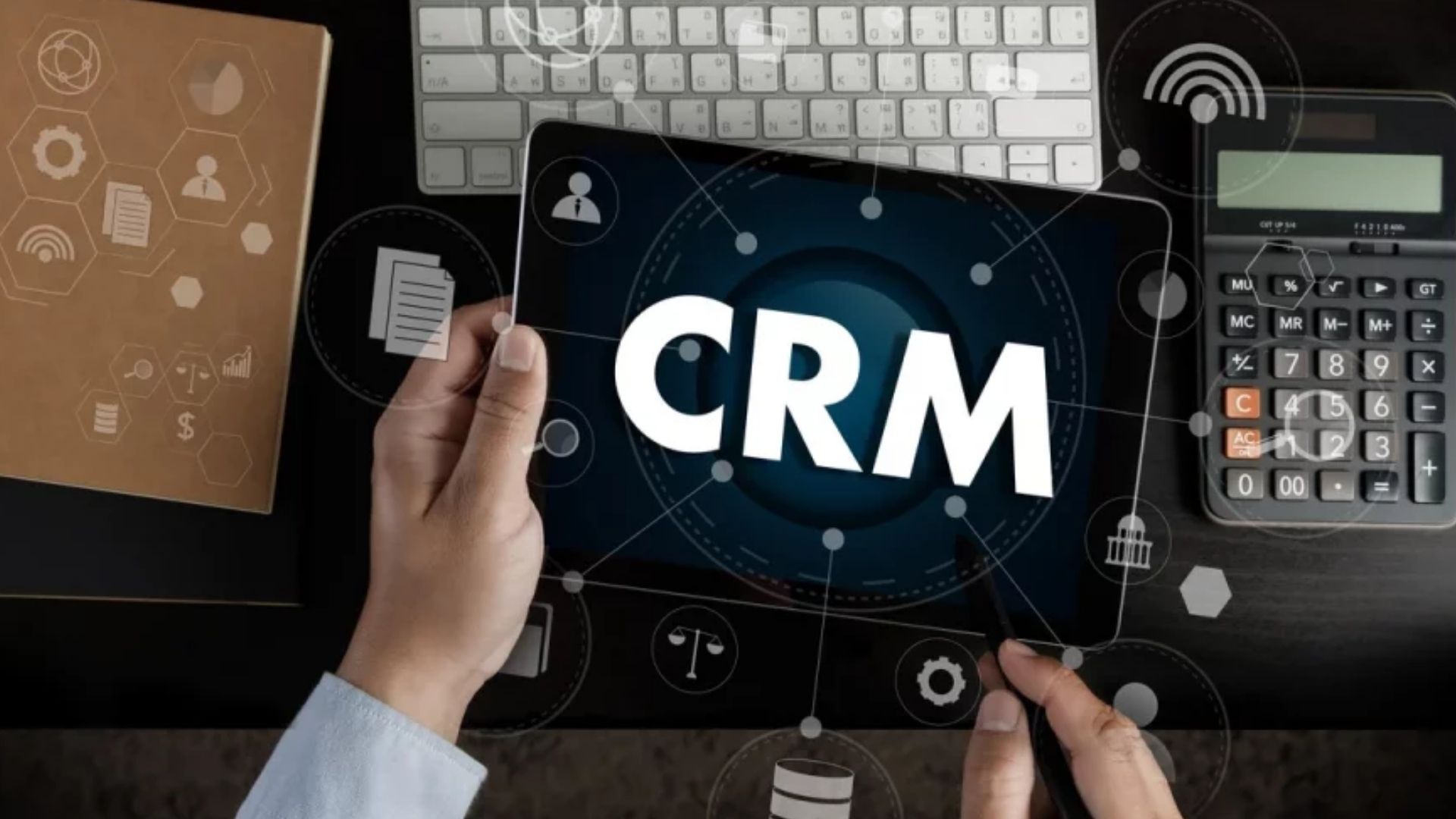

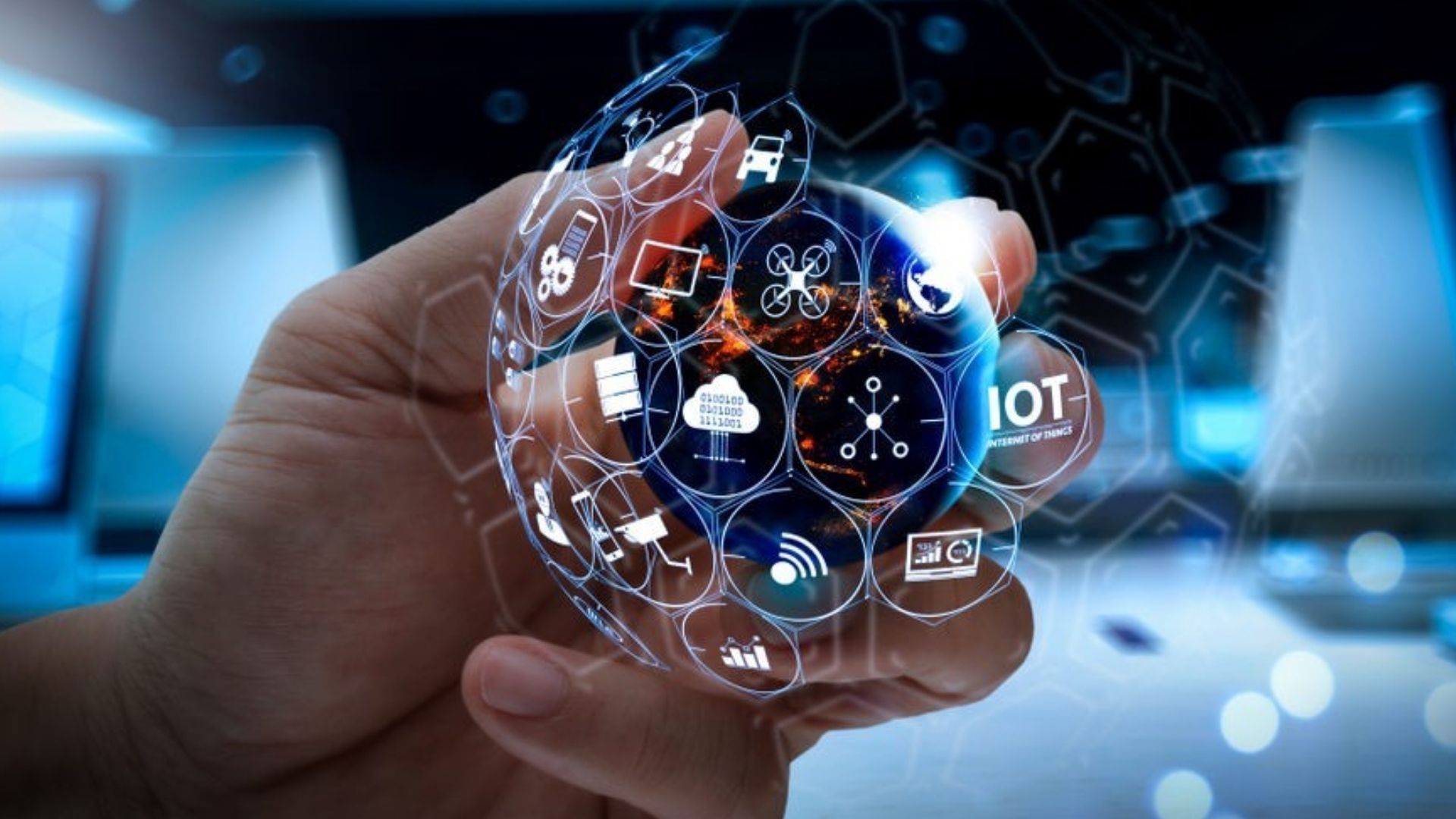
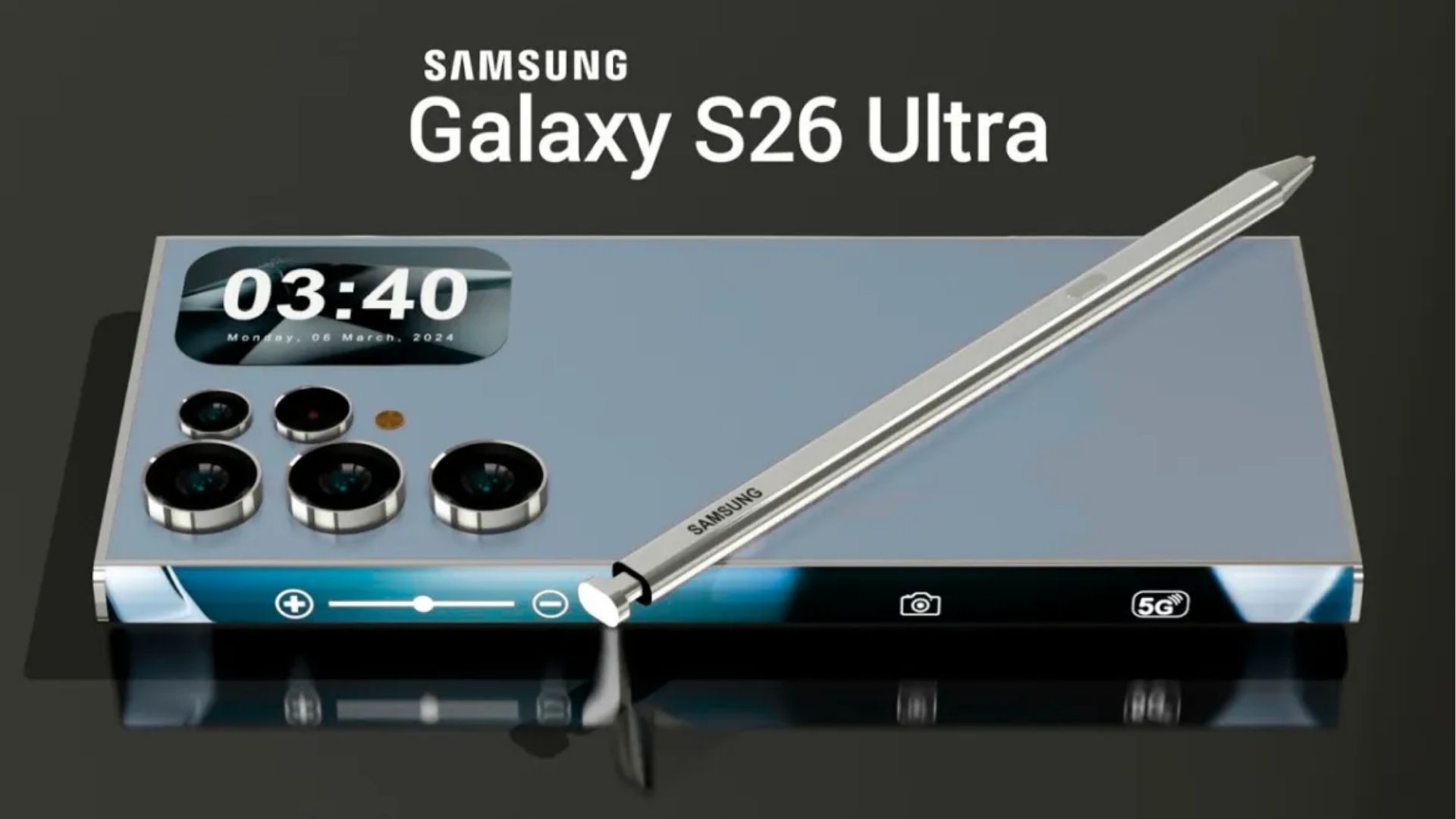




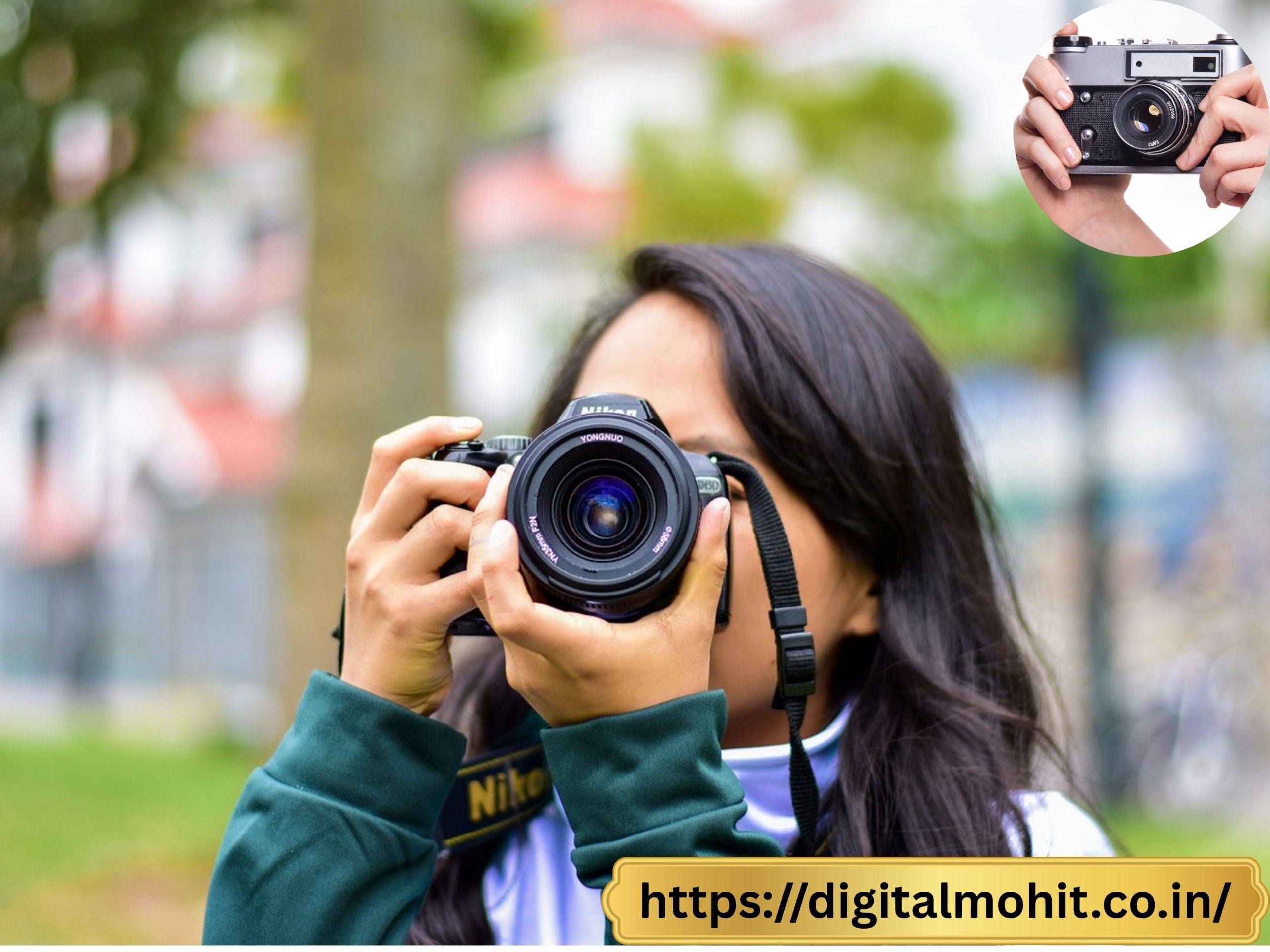

Leave a Reply